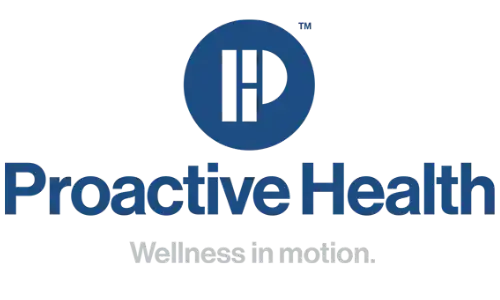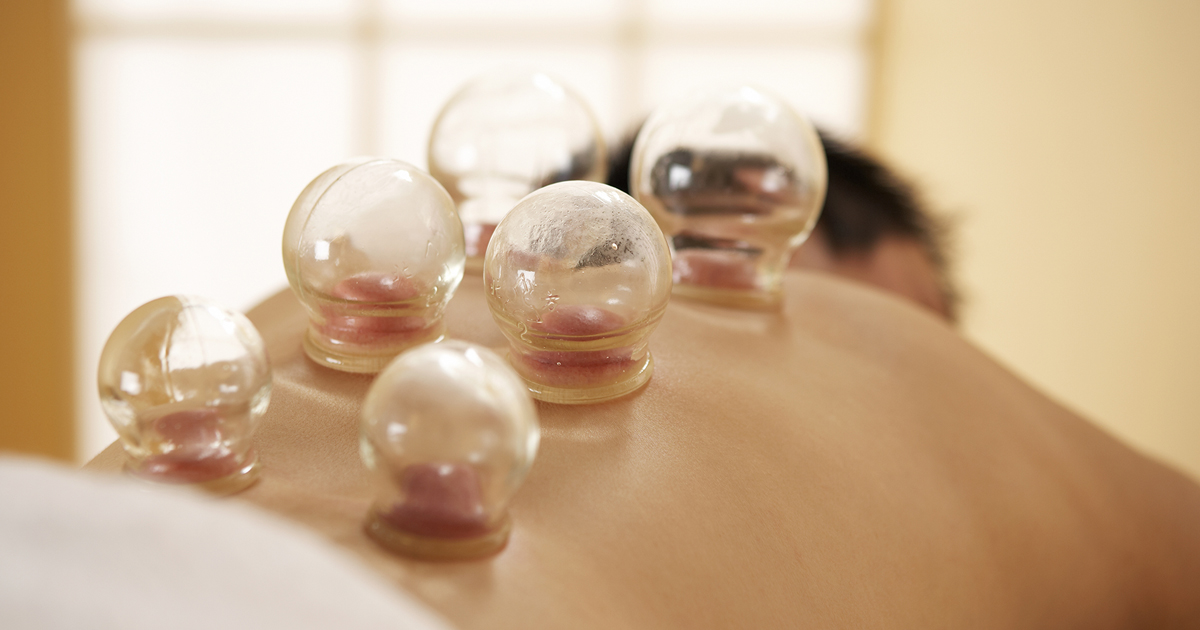Cupping therapy has exploded in popularity over the last few years. You’ve probably seen the telltale circle marks on athletes, celebrities, or maybe even that one co-worker who swears it changed their life. And while cupping can absolutely be beneficial, there’s a side of it that doesn’t get enough attention: what happens when it’s done incorrectly?
Here’s the truth—cupping isn’t inherently risky. But when it’s performed by someone who isn’t properly trained or doesn’t understand the intricacies of anatomy, technique, and hygiene? That’s when problems start.
At Proactive Health, we’re all about informed wellness. So let’s break down what cupping actually does, where it can go wrong, and how to protect yourself from complications by choosing a clinic that puts your health and safety first.
What Is Cupping, Really?
Cupping therapy involves placing cups on the skin to create suction. The idea is to increase circulation, release tight muscles, and stimulate the body’s natural healing processes. It’s often used to relieve pain, reduce inflammation, and improve overall mobility.
There are two key types:
- Dry cupping: Uses suction only—no skin punctures.
- Wet cupping (Hijama): Involves slight incisions before suction, making it more invasive.
When done properly, cupping creates a vacuum effect that draws blood to the surface, which can help flush toxins and loosen up stiff muscles. But if done incorrectly, you’re looking at the potential for infections, burns, nerve issues, or even more serious long-term tissue damage.
How It Can Go Wrong: The Real Risks of Bad Cupping
So what makes cupping go from therapeutic to harmful? It usually comes down to one of five things:
1. Lack of Proper Training
This is the biggest danger. There are far too many people offering cupping therapy without any real background in anatomy or safety protocols. Just because someone owns a few cups and watched a tutorial doesn’t make them qualified. When someone doesn’t understand your muscle layout, circulation, or skin sensitivity, they’re guessing—and your health isn’t something to gamble with.
2. Using Too Much Suction or Overdoing It
More pressure isn’t always better. Aggressive suction can rupture blood vessels, irritate nerves, and lead to deep bruising or even blistering. Some places market these aggressive techniques as “detoxing,” but in reality, they’re just causing trauma under the skin.
3. Poor Hygiene
Especially with wet cupping, strict hygiene protocols are non-negotiable. Reusing unsterilized equipment, skipping gloves, or not cleaning the skin properly can lead to bacterial infections—some of which can be serious. Think staph or cellulitis.
4. Ignoring Pre-Existing Conditions
Anyone with blood disorders, clotting issues, varicose veins, or weakened immune systems should be screened before even thinking about cupping. Unfortunately, not every provider takes the time to review your health history beforehand. That’s a major red flag.
5. Wrong Placement or Sloppy Technique
Cupping over nerves, joints, or bony areas can cause anything from numbness to sharp pain or inflammation. It takes knowledge and finesse to know where cups should go—and where they absolutely shouldn’t.
When Something Feels Off: Signs Cupping Went Wrong
Most people expect some light bruising after a session, and that’s normal. But if your symptoms go beyond that, something could be wrong.
Watch for:
- Redness that spreads or worsens over time
- Sharp or lingering pain beyond 48 hours
- Swelling, warmth, or pus around cup sites
- Fever or chills (possible signs of infection)
- Numbness or tingling that wasn’t there before
If you’re noticing any of these, don’t just brush it off. It’s time to get evaluated.
What to Do If You’re Feeling Pain After a Session
At Proactive Health, we help patients every week who’ve had a less-than-great cupping experience elsewhere. Here’s how to know when it’s time to seek help:
- Do a self-check: Is it just mild soreness, or is the area unusually swollen or hot?
- Track your symptoms: If you’re not seeing improvement within two days—or things are worsening—it’s best to get professional input.
- Look at your whole-body response: Fatigue, fever, or achiness might signal a deeper problem like an infection.
When in doubt, let a trained clinic assess what’s going on. We can help you figure out the next step, whether it’s at-home care or a referral to a medical provider.
What Recovery Looks Like (If Things Go Wrong)
If you’re dealing with after-effects from a bad cupping session, there are still effective ways to treat it. The approach depends on the severity.
Minor Irritation or Bruising:
- Cool compresses
- Aloe vera or arnica creams
- Rest and hydration
Signs of Infection:
- Antibiotic creams (like polysporin)
- Oral antibiotics if symptoms are more advanced
- Medical checkup for worsening or spreading symptoms
Nerve or Tissue Damage:
- Physical therapy
- Anti-inflammatory medications
- Soft tissue techniques or ultrasound therapy
Bottom line: don’t tough it out. If something feels wrong, getting the right support early can prevent bigger issues later.
How to Prevent Cupping Complications in the First Place
Here’s where it all comes together—yes, cupping can be incredibly beneficial. But only when it’s done safely. Here’s what you should look for in a cupping provider:
- Licensed, medically-trained professionals (not just spa workers)
- A full intake of your medical history before your session
- Clean, single-use or properly sterilized equipment
- Clear communication about pressure levels, what to expect, and aftercare
- A clinic that checks in on you afterward
At Proactive Health, we don’t leave anything up to chance. Our team is certified, experienced, and deeply trained in therapeutic cupping. We only use it when it’s right for you—and always tailor the approach to your body, your history, and your recovery goals.
Don’t Let One Bad Experience Turn You Off Completely
Cupping can be a game-changer for pain relief and recovery—but only in the right hands. The real risk isn’t the technique itself. It’s choosing a provider who doesn’t know how to do it properly.
At Proactive Health, we take a science-backed, safety-first approach to everything we offer—including cupping. If you’re curious but cautious, or even if you’ve had a bad experience elsewhere, come talk to us. We’ll walk you through it, assess what’s best for you, and make sure you leave feeling better, not worse.
Book a consultation with our team today and experience cupping therapy the way it was meant to be—safe, effective, and tailored to you.



